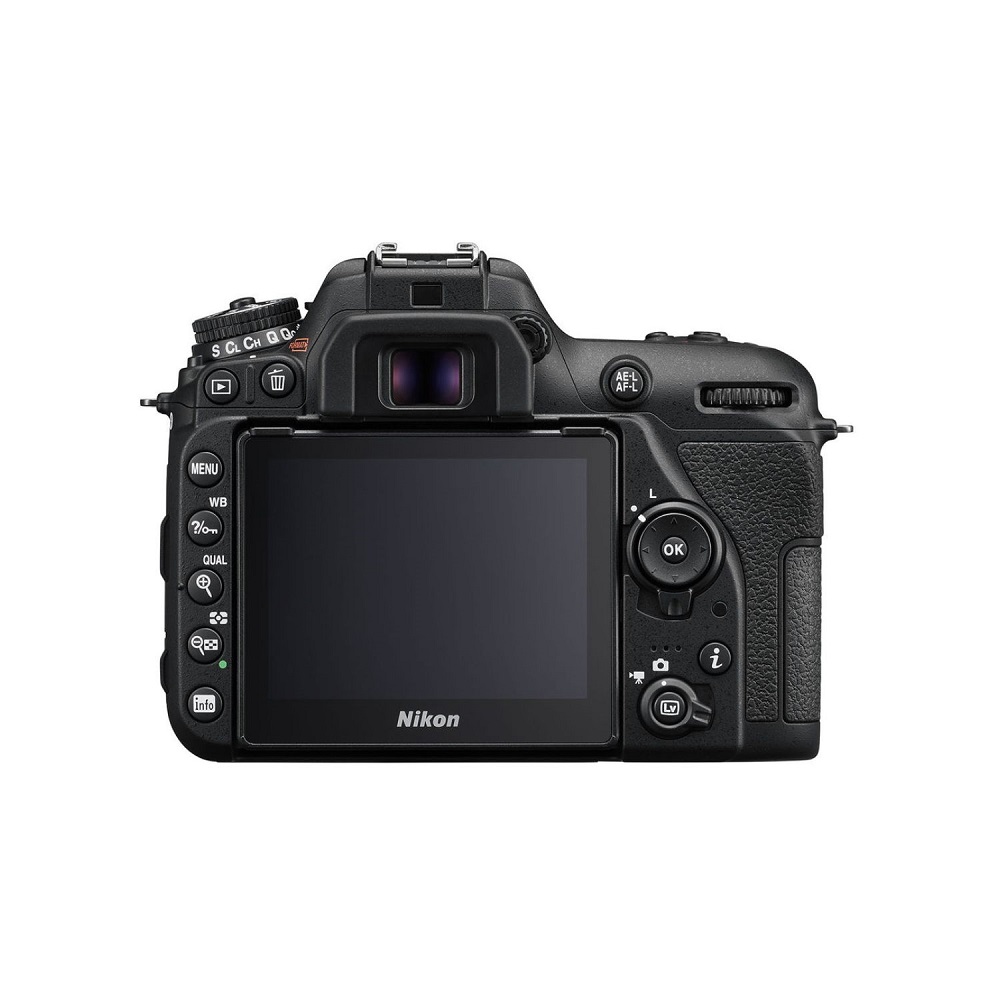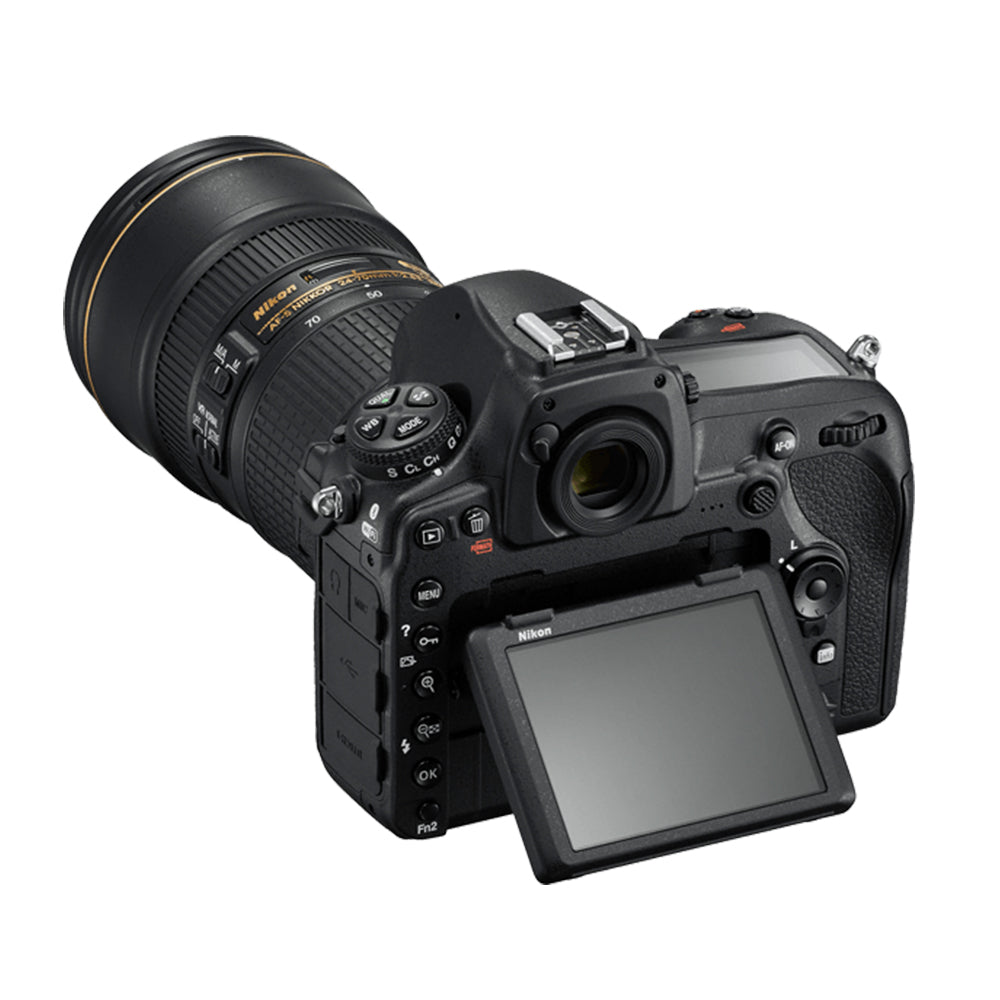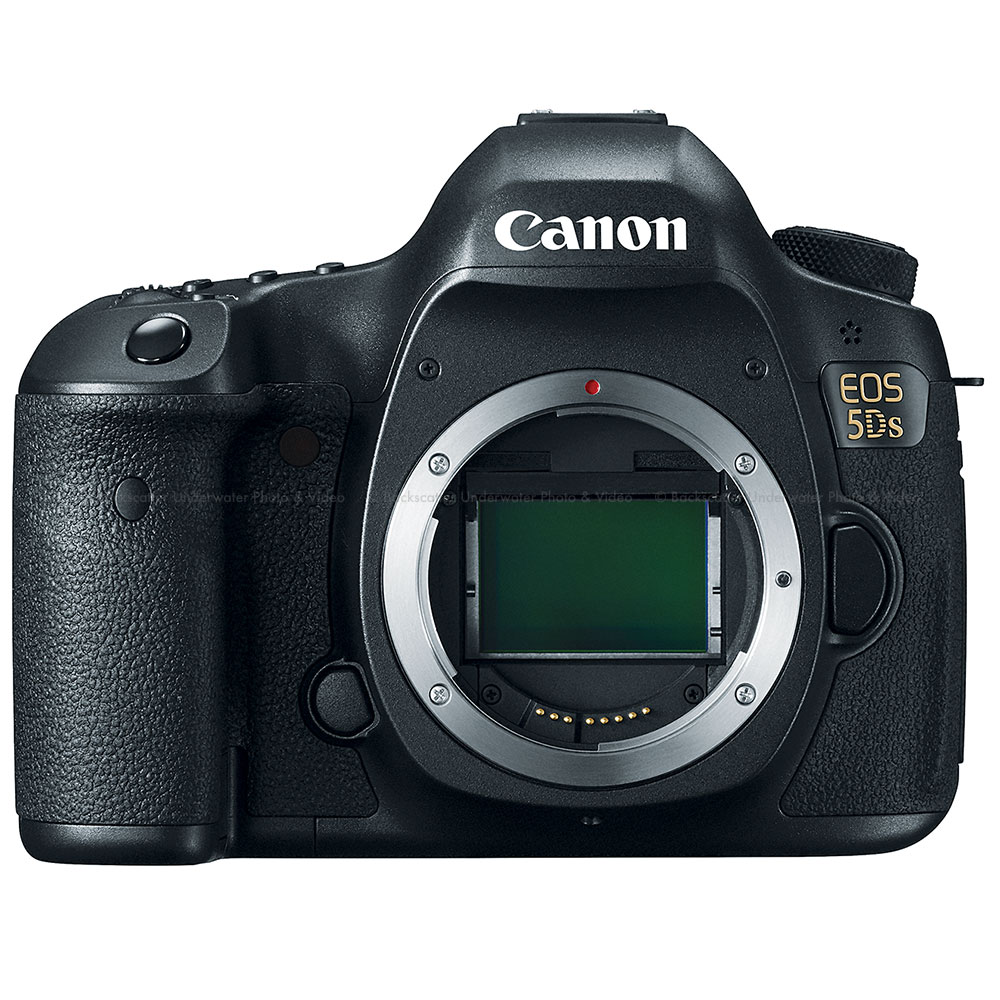Stepping into the world of photography can be both exciting and confusing, especially for beginners. A Digital Single-Lens Reflex (DSLR) camera serves as a powerful tool for those looking to explore photography beyond smartphone snapshots. Offering advanced features and exceptional image quality, a DSLR can elevate your photography experience. However, with numerous options available, choosing the right camera can be overwhelming. In this comprehensive guide, we’ll review some of the best DSLR camera for beginners, highlighting their key features, ease of use, and overall value, while also providing recommendations to help you make an informed decision.
Why Choose a DSLR Camera?
The Advantages of DSLRs
DSLR cameras stand out in the crowded photography market due to their versatility and superior image quality. Compared to smartphones and compact cameras, DSLRs typically have larger sensors, which directly contribute to better low-light performance and a wider dynamic range. This means that when you shoot in challenging lighting conditions, such as dimly lit environments or bright backlit scenes, a DSLR can capture more detail. Another pivotal advantage is the interchangeable lenses available, allowing photographers to select specific lenses for varied photography styles—whether that’s capturing sweeping landscapes, rich portraits, or fast-paced sports action.
The Optical Viewfinder Experience
Another significant advantage of DSLRs is the optical viewfinder, which allows you to see exactly what the lens sees, thanks to the reflex mirror mechanism. Unlike digital displays, the optical viewfinder offers a real-time, lag-free experience, providing a clearer and more reliable way to frame shots, especially in bright sunlight. This feature is invaluable for beginners, who may find it easier to compose images without distractions from screens. The tactile feedback from manually adjusting settings, combined with the visual clarity, creates a deeper connection between the photographer and the subject.

Key Features to Look For
Image Quality
When diving into photography, prioritize image quality, as it will significantly influence your overall experience. Look for a DSLR equipped with a larger sensor size, typically APS-C or full-frame, since larger sensors generally collect more light, resulting in higher-quality images. A camera boasting at least 20 megapixels is ideal—it offers enough resolution for detailed prints and cropping while maintaining quality. Beyond sheer numbers, consider the type of images you want to capture. Make sure you choose a camera that allows for a wide range of ISO settings, enabling effective shooting in various lighting conditions without compromising image quality.
User-Friendly Interface
As a beginner, an intuitive interface can make or break your shooting experience. You want a camera with easy-to-navigate menus, clear buttons, and perhaps even a touchscreen for quicker access to settings. Ergonomics also matter—selecting a camera that fits comfortably in your hands and allows easy access to frequently used dials can significantly enhance your shooting experience. If possible, test out the camera in-store to see how it feels when handling it. A well-designed interface can alleviate the learning curve, letting you focus more on capturing stunning photos than fumbling with unfamiliar controls.
Top DSLR Camera Recommendations
Canon EOS Rebel T7 (EOS 2000D)
The Canon EOS Rebel T7 is an exceptional entry-level DSLR for beginners, combining user-friendly features with great performance. With a 24.1-megapixel APS-C sensor, it delivers high-quality images with vibrant colors and impressive detail. What truly sets the T7 apart is its built-in guide mode, which offers helpful hints and tutorials, making it easy for newcomers to understand camera functions and shooting techniques. Additionally, the camera supports Wi-Fi and NFC, allowing for effortless sharing of your images to smartphones or tablets, making it a breeze to showcase your work on social media.
Pros and Cons
Pros: Lightweight and portable, easy to navigate, long battery life, substantial lens support.
Cons: Limited autofocus points and features for advanced users; lacks 4K video capabilities.
Nikon D3500
The Nikon D3500 is another excellent choice, providing an impressive mix of features and performance, and it’s particularly suited for novice photographers. With a 24.2-megapixel sensor, it excels in producing high-quality images that capture intricate details. The “Guide Mode” is especially beneficial for beginners, providing clear onscreen instructions to help you navigate through settings while you shoot. The standout feature of the D3500 is its remarkable battery life, allowing you to capture roughly 1,500 images on a single charge—perfect for long photo sessions or weekend outings without needing to worry about your battery running low.
Pros and Cons
Pros: Excellent battery longevity, easy-to-hold compact design, great image quality for its price.
Cons: Lacks a touchscreen option; limited video functionalities compared to newer models.
Pentax K-70
For those seeking a rugged option, the Pentax K-70 provides a weather-sealed body suitable for various shooting conditions. Featuring a 24.2-megapixel sensor, this camera offers excellent low-light performance, making it ideal for outdoor photography, even in challenging environments. Its in-body image stabilization ensures sharp images—an important feature for those who often shoot handheld. The K-70 also incorporates a vari-angle LCD screen, allowing for unique compositions, such as shooting from above or at odd angles, thereby enhancing your creative flexibility.
Pros and Cons
Pros: Durable, weather-resistant build, solid stabilization feature, strong image quality.
Cons: Heavier than competitors, a more limited selection of native lenses.

Essential Accessories for Beginners
Lenses
While your DSLR usually includes a kit lens, expanding your lens collection can unlock new creative possibilities. A prime lens, such as the 50mm f/1.8, teaches you the fundamentals of photography while offering great low-light performance and the ability to create beautiful background blur (bokeh). Wide-angle lenses are fantastic for capturing landscapes or indoor scenes, while telephoto lenses can help you zoom in on subjects that are far away, perfect for wildlife photography. As you explore different styles, adding various lenses can deepen your understanding of the art and craft of photography.
Tripods and Bags
A sturdy tripod becomes essential for long-exposure shots, landscapes, and low-light situations. It provides the stability needed to capture sharp images and helps prevent the camera shake that can lead to blurry photos. Alongside a tripod, investing in a quality camera bag can protect your gear from damage. Choose one with sufficient padding and compartments that allow for easy organization. Look for bags that offer versatility—such as being able to convert from a traditional backpack style to a messenger bag, making it easier to carry while you’re on the move.
Photography Techniques for Beginners
Mastering the Basics
Understanding photography fundamentals will greatly improve your skills and allow you to capture better images. Learn how exposure, aperture, shutter speed, and ISO all interact to create well-balanced photographs. Start by experimenting exclusively with manual settings to gain a deeper grasp of each parameter and how they affect your final image. Dive into composition techniques as well; familiarize yourself with the rule of thirds, leading lines, and framing. By maintaining control over creative decisions, you will develop a more personal style in your photography.
Practice, Practice, Practice
Regular practice is vital for honing your photography skills. Set specific challenges for yourself—shooting under various lighting conditions, experimenting with different focal lengths, or focusing solely on a particular theme. This hands-on approach not only builds technical proficiency but also helps you discover your unique photographic voice. As you gain experience, consider joining photography communities online or locally to network with like-minded individuals, exchange ideas, and gain constructive criticism on your work. Such interactions can make the learning process more engaging and enjoyable.
Common Mistakes to Avoid
Over-Reliance on Automatic Modes
One common pitfall for beginners is an over-reliance on automatic shooting modes. While automatic settings are convenient, they can stifle your learning and limit creative expression. Make it a goal to become familiar with manual controls and challenge yourself to shoot in different modes. This hands-on experience will enable you to understand the subtleties of light and exposure, which are crucial for improving your photographic skills over time.
Neglecting Post-Processing
Many newcomers tend to overlook the importance of post-processing in photography. Editing your images can enhance their quality dramatically by improving colors, contrast, and sharpness, allowing you to capture the essence of a scene accurately. Familiarize yourself with software options such as Adobe Lightroom or Photoshop to delve into the post-processing world. Even basic editing can transform an ordinary image into an extraordinary one. Take time to understand the editing tools available, utilizing them to enhance your photos and showcase your creative vision.

Final Thoughts and Recommendations
Choosing the Right Camera for You
When selecting the best DSLR camera for beginners, focus on your specific needs, budget, and shooting style. You don’t need the latest model or the most expensive option. Instead, prioritize a camera that combines quality, ease of use, and the features that matter most to you. Each recommended camera here offers distinct advantages tailored for beginners, providing a perfect foundation as you start your photography journey.
Embracing the Photography Journey
Embarking on your photography adventure can be incredibly fulfilling and creatively stimulating. As you explore the world through your lens, focus on the joy of capturing moments and learning from each experience. Each photograph is an opportunity to tell a story or express a feeling; embracing that creative process will enhance your connection to photography. With consistent practice, patience, and exploration, your skills will flourish, enriching your life and bringing those around you delightful memories captured forever.
With the right DSLR camera in hand and a curiosity to explore, you’re well on your way to discovering a passion that can last a lifetime. Enjoy the journey, and happy shooting!
